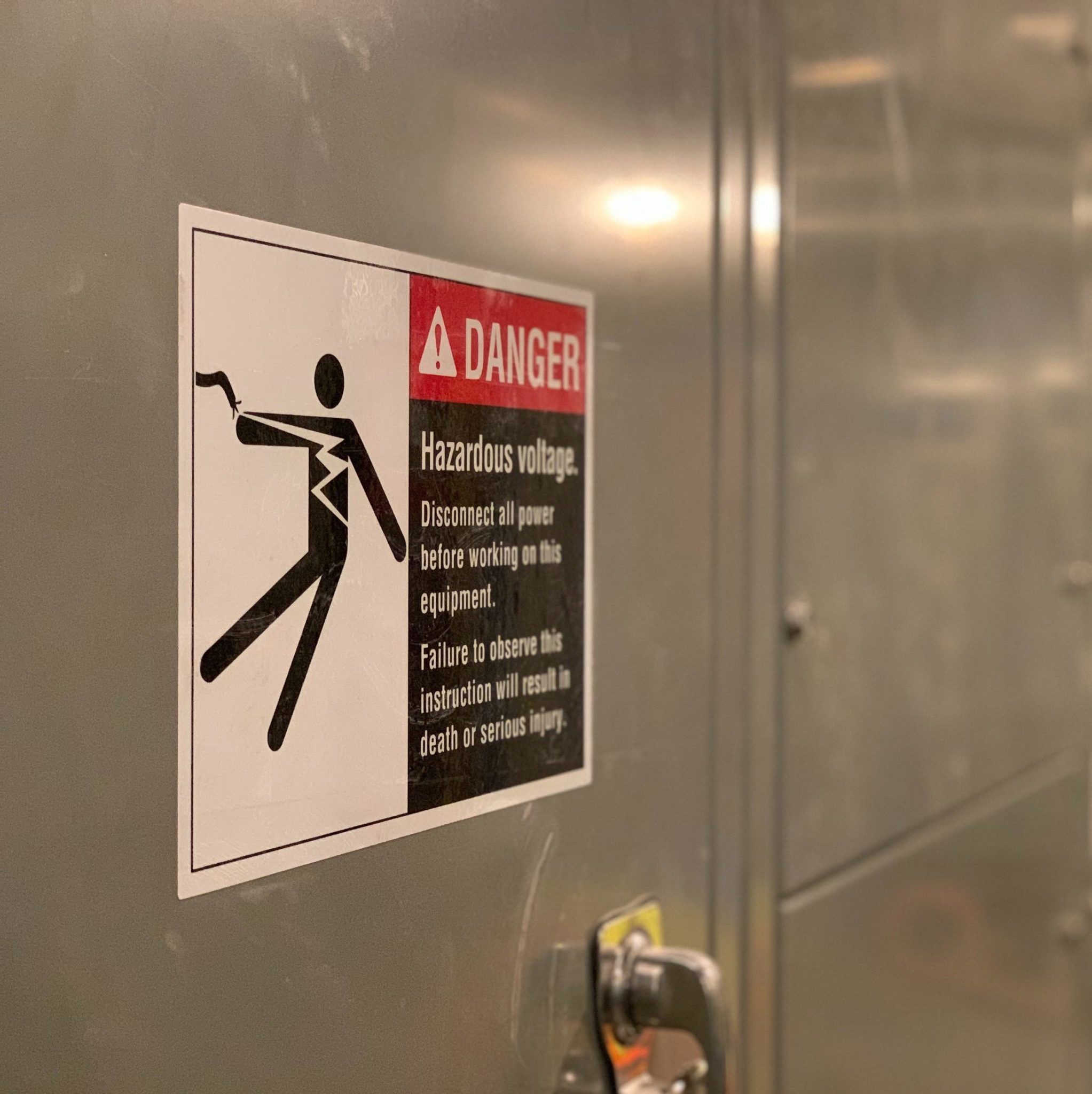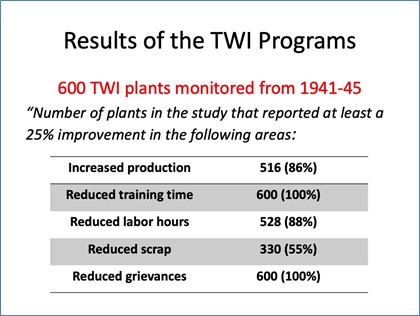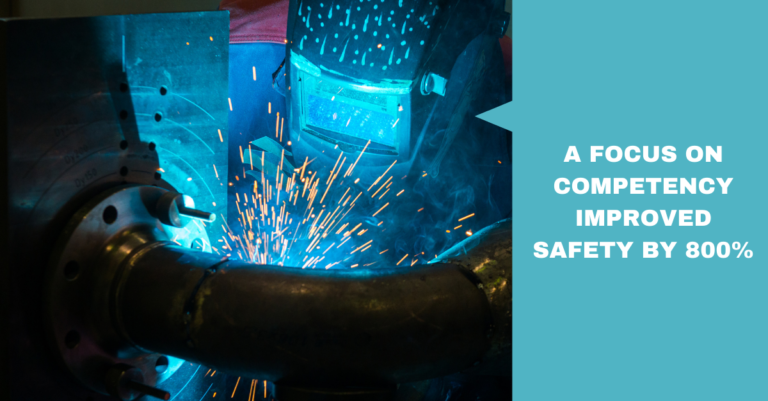Scoping a Competency Project

You’ve read our series on competency here. Now you’ve decided that you want the bring in a competency-based system into your organization. Where do you start? The best starting point is to scope the project. This will ensure that you have thought about what you want and, what it takes to get it. This will allow you to make an informed decision about whether or not it is worth proceeding.
If you have been part of scoping activities for competency projects in the past, you may want to skip to the next article. If you have not scoped a project like this before, keep reading. This article will quickly walk you through the major elements of a scoping project.
The first of these elements are the objectives. The objectives must be clear and understood by everyone in your organization. They should answer:
What do we want to achieve by doing this?
Once you have answered this question you need to think about whether a competency system will help your organization achieve those objectives.

For example, your organization wants to improve safety. Can ensure that everyone in your organization is competent in their roles to help with that? (The answer is: YES!).
Improving safety is an excellent goal. But what do you mean by “improve safety”? This is where you need clear and measurable metrics for success.
Continuing the example, let’s assume your organization has, on average, one lost-time incident (LTI) per month. By what number would the LTI rate need to go down for the project to be considered a success? One per year? Three per year? What is reasonable in your industry or for your organization? What if you could get to zero per year?
Setting clear objectives and measurable metrics will help everyone understand what they are working toward, and what they will be measured against.
The final step for developing objectives is developing a timeline. What is a reasonable expectation for finishing each stage of the project? What impacts, if any, will operations have on each stage? For example, is there a big order scheduled during a critical point of the implementation project?
Once you have determined your objectives, timelines and metrics for success, it is time to plan the resourcing of the project. Resourcing is not just about the financial aspects of the project. It is also the people side of the project. These two elements are intricately linked to each other.
How much will it cost and who needs to be involved?
Deciding who you need for the project may mean you have to shift people around or hire new people, or outside expertise. It means that once the project is underway people will need to dedicate time to the project. Which means less time for their regular work or overtime. There are the IT needs of the project. Do you do things in-house? Or contract an external vendor? What will the ongoing costs be once everything is implemented?
Some of those questions, and many others, will be answered as you begin to assign roles and responsibilities. As you think about who will do what, by when, make sure you keep an eye on capability gaps and financial needs.
Thinking about the capability gaps and financial needs of the project often means making assumptions. Your assumptions are a place to start, and it is important to remember that they may or may not be correct. However, they are important in the scoping process as they help you with the planning of the project.
What are our assumptions?
As you think about the assumptions you will begin to bump into your constraints. Constraints can be both internal (financial, expertise, agreements, etc.) or external (legal, regulatory, etc.). Identifying the constraints allows you to plan the project in a way that improves the chances for success.

What are our constraints?
As you identify the constraints you should be identifying the risks to the project. Some constraints are not going to be risks for the project. They are just things you must be aware of so that you can set realistic expectations for the project. Risks are those elements that could cause significant problems or even completely derail the project. Developing a risk register is useful during the process. It allows you to capture and track risks. It also gives you a chance to identify who owns the risk and who will create the mitigation plans for each risk. This way fewer risks fall through the cracks and everyone knows what they should be doing.
What are the risks? How do we mitigate them?
The final step is creating a work breakdown structure (WBS). This is the master list of roles, responsibilities, timelines, costs and everything else you have worked on during the scoping phase. It allows everyone to have visibility into the project and provide further suggestions or feedback. For the PM it helps with tracking the progress of the project.
Working through the scoping process should give you a good idea about the viability of the project. That is, as long as you were honest and realistic regarding what your organization can do.
The scoping phase of a project is critical because, if it is done well, it ensures project implementation is as smooth as possible. Remember, the final outcomes of the scoping process are clear objectives, an understanding of the resources required, lists of assumptions, constraints, and risks, and how to mitigate or take advantage of those constraints and risks. And of course, a decision as to whether or not to proceed and a WBS to guide the implementation.
How often does your organization go through a scoping process before starting a new project?
Previous: Quality: People Before Process
Next: Implementing Competencies in Your Business: Setting Up a Competency Working Group
Read With Us
If you found this information useful, please subscribe to be notified for our next great post.







